-
Posts
46,460 -
Joined
-
Last visited
-
Days Won
2
Content Type
Events
Forums
Downloads
Quizzes
Gallery
Blogs
Posts posted by Crossy
-
-
If you have ghosts, you need a Super Boondee Ghost Repeller.
https://skepticsboot.blogspot.com/2016/12/the-trisaksri-ghost-repellent-is-indeed.html
For some reason it's no longer available.

-
 1
1
-
-
Do you have a sketch of how it will be wired?
All your devices appear to be 2-pole, so just wire L and N in and out of each.
-
 1
1
-
-
An off-topic (US politics) post has been removed.
-
- Popular Post
- Popular Post
Of course, there's always the less "mechanical" route to smooth bliss!
Customer Review
-
Reviewed in the United States on July 3, 2012After having been told my danglies looked like an elderly rastafarian I decided to take the plunge and buy some of this as previous shaving attempts had only been mildly succesful and I nearly put my back out trying to reach the more difficult bits. Being a bit of a romantic I thought I would do the deed on the missus's birthday as a bit of a treat.
I ordered it well in advance and working in the North sea I considerd myself a bit above some of the characters writing the previous reviews and wrote them off as soft office types...oh my fellow sufferers how wrong I was. I waited until the other half was tucked up in bed and after giving some vague hints about a special surprise I went down to the bathroom. Initially all went well and I applied the gel and stood waiting for something to happen.
I didn't have long to wait. At first there was a gentle warmth which in a matter of seconds was replaced by an intense burning and a feeling I can only describe as like being given a barbed wire wedgie by two people intent on hitting the ceiling with my head. Religion hadn't featured much in my life until that night but I suddenly became willing to convert to any religion to stop the violent burning around the turd tunnel and what seemed like the destruction of the meat and two veg. Struggling to not bite through my bottom lip I tried to wash the gel of in the sink and only succeeded in blocking the plughole with a mat of hair. Through the haze of tears I struggled out of the bathroom across the hall into the kitchen by this time walking was not really possible and I crawled the final yard to the fridge in the hope of some form of cold relief. I yanked the freezer drawer out and found a tub of ice cream, tore the lid of and positioned it under me.
The relief was fantastic but only temporary as it melted fairly quickly and the fiery stabbing soon returned .Due to the shape of the ice cream tub I hadn't managed to give the starfish any treatment and I groped around in the drawer for something else as I was sure my vision was going to fail fairly soon.I grabbed a bag of what I later found out was frozen sprouts and tore it open trying to be quiet as I did so.I took a handful of them and tried in vain to clench some between the cheeks of my arse. This was not doing the trick as some of the gel had found it's way up the chutney channel and it felt like the space shuttle was running it's engines behind me. This was probably and hopefully the only time in my life I was going to wish there was a gay snowman in the kitchen which should give you some idea of the depths I was willing to sink to in order to ease the pain.
The only solution my pain crazed mind could come up with was to gently ease one of the sprouts where no veg had gone before. unfortunately, alerted by the strange grunts coming from the kitchen the other half chose that moment to come and investigate and was greeted by the sight of me, arse in the air, strawberry ice cream dripping from my bell end pushing a sprout up my arse while muttering..." Ooooh that feels good ". Understandably this was a shock to her and she let out a scream and as I hadn't heard her come in it caused an involutary spasm of shock in myself which resulted in the sprout being ejected at quite some speed in her direction. I can understand that having a sprout farted against your leg at 11 at night in the kitchen probably wasn't the special surprise she was expecting and having to explain to the kids the next day what the strange hollow in the ice cream was didn't improve my status...So to sum it up Veet removes hair, dignity and self respect...:)17,062 people found this helpful
-
 1
1
-
 3
3
-
7 minutes ago, Keeps said:
Was it Die Hard 2 where Bruce had to set fire to the runway so the planes could land?
-
 1
1
-
 1
1
-
-
- Popular Post
- Popular Post

-
 4
4
-
-
Just now, DezLez said:
If you are paying 50 baht for a shave in a shop it is probably with a rusty razor.
Our local Mom-n-Pop shop has a barber, he's actually pretty ok, just don't go on "monk haircut" day. Haircut and a shave, 100 Baht.
Yes, he uses a fresh blade each time.
-
 1
1
-
-
Back (sort of) on topic.
I also got fed up with the constant outlay on Mach-3 blades, brilliant shave (from genuine ones) but hardly cheap.
So, I got myself a Philips wet-n-dry job (no, not a shop-vac) it's actually pretty good used wet with a bit of foam, I keep the Mach-3 for those hot dates when you have to be baby soft!!
My blades now last approximately 10^3 years coz i don't get many hot dates 😞
-
 1
1
-
 1
1
-
-
- Popular Post
- Popular Post
1 minute ago, Keeps said:Second dibs on the water as well as I had an older brother.
I bet he peed in the water!!
-
 3
3
-
- Popular Post
- Popular Post
8 minutes ago, short-Timer said:Oh, bloody hell, another idiotic topic nobody wants. What's next? A bathing survey? How often do you dump? Cmon, give it up. Pure desperation here.
PLEASE!!
Do not give him ideas!
I mean, who really needs to know that us Brits bathe once a week, whether we need it or not!
The scary bit is, when I was a kid that's how it worked, and yes, I went in my mum's bathwater.
-
 2
2
-
 1
1
-
 5
5
-
- Popular Post
- Popular Post
Shave?
Where**??
Yes, it matters

** Do I really have to list the places one might wish to shave?? Really???
-
 6
6
-
- Popular Post
- Popular Post
Just now, JackGats said:Why does the system not work with foreign faces? This must be because we have weird facial features compared to the Thais.
No idea, it works (reasonably) well for Bangkok Bank.
Actually, I believe it's more to do with not being able to handle the various formats of passport numbers.
-
 4
4
-
- Popular Post
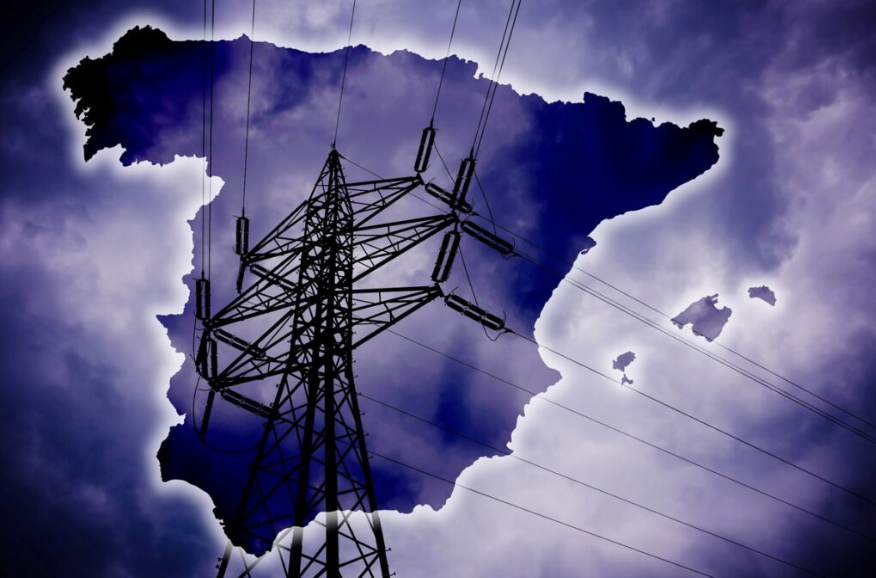
https://euroweeklynews.com/2025/06/18/spains-blackout-cause-finally-revealed/
The report itself https://d1n1o4zeyfu21r.cloudfront.net/WEB_Incident_ 28A_SpanishPeninsularElectricalSystem_18june25.pdf
From here https://www.ree.es/en/operation
Interestingly: -
"The incident was NOT caused by a lack of system inertia. Rather, it was triggered by a voltage issue and the cascading disconnection of renewable generation plants, as previously indicated. Higher inertia would have only resulted in a slightly slower frequency decline. However, due to the massive generation loss caused by voltage instability, the system would still have been unrecoverable."
The TL;DR sequence of events is summarised in the report as follows: -
(Note: The generation that must comply with P.O. 7.4 regulates, in a mandatory way, voltage dynamically and independently of the active power they are generating, thus it ensures stable voltages in the network.
and
RCW = Renewable, Cogeneration, and Waste)
1. Forced oscillation at 0.6 Hz, possibly originating in a photovoltaic power plant in the province of Badajoz,triggers system-altering protocolized actions. Shunt reactors are operated, lines are coupled due to oscillations, and schedules are modified. (N-1)2. Natural oscillation at 0.2 Hz triggers further system-altering protocolized actions. Shunt reactors are operated, lines are coupled due to oscillations, and schedules are adjusted. (N-2).
3. Generation under P.O. 7.4 does not absorb the required reactive power. (N-3).
4. Variations in RCW generation during active power regulation affect voltage control and many of them don't fulfil their obligations. (N-4).
5. The conventional generation requested after the oscillations was not connected.
6. Generation loss in distribution: P < 1 MW and self-consumption of 435 MW before 12:32:57 (N-5).
7. Inappropriate tripping of a generation transformer in Granada (N-6).
8. Inappropriate tripping of solar thermal generation (Badajoz) and tripping of photovoltaic (Badajoz) withoutpoint-of-interconnection data from transmission network (N-7).
9. Inappropriate tripping of a photovoltaic power plant connected also in the province of Badajoz but in a different transmission substation (N-8).
10. Tripping of three wind farms (Segovia) without point-of-interconnection data from transmission network.
11. Tripping of one wind farm and a PV plant located at the province of Huelva, without point-of-interconnection data from transmission network.
12. Inappropriate tripping of photovoltaic power plant in Seville (N-9).
13. Inappropriate tripping a PV generation located in the province of Cáceres (N-10).
14. Tripping of PV generation connected to a 220 kV substation located in the province of Badajoz, withoutpoint-of-interconnection data from transmission network.
15. Tripping of one CCGT unit located at Valencia (N-11).
16. Load shedding of pumping units and loads due to underfrequency results in increased system voltage.
17. The HVDC link operating in constant power mode continues exporting 1,000 MW to France.
18. Tripping of Nuclear Power Plant. (N-12)
-
 3
3
-
Elkie Brooks in fine voice, should have been a single!!
-
It might be worth a trip to the Ampur office in the relevant area.
They usually have a bunch of free construction plans on file which have cost estimates. Pick something that looks like what you want, check the date on the drawings, adjust for inflation, and you're gold.
-
Are there any other clues??
And, of course, what is the purpose of the inquiry?
-
30 minutes ago, MaiDong said:
It certainly looks like a shophouse as was originally noted if it has a living area, so it would be 16, 17 or 18.
That said it could also be a commercial building.
This would be a commercial building (no living area) which could look like the intial photo.
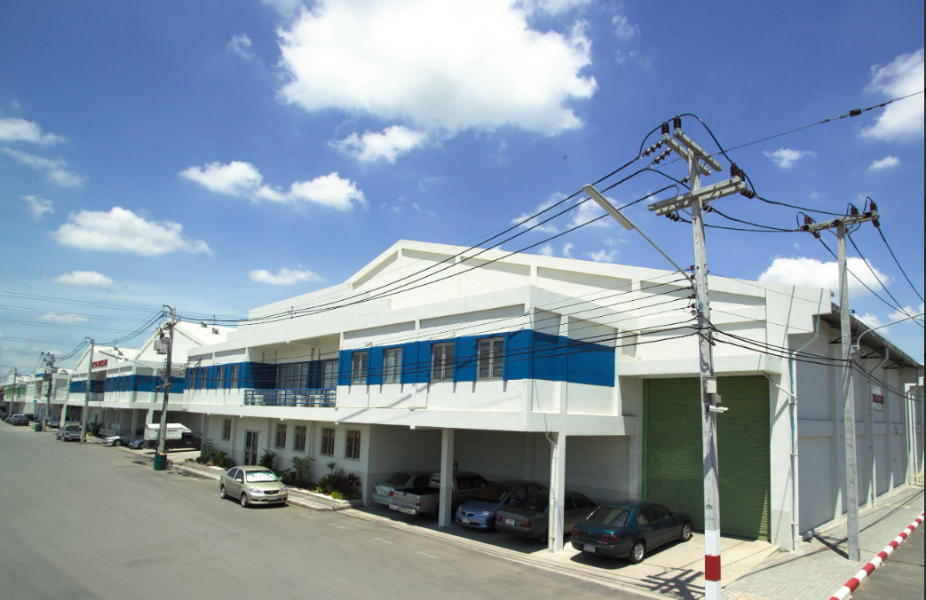
-
4 minutes ago, Gsxrnz said:
Since the classification relates to construction costs, I would suggest the costings would relate to a shophouse style.
It actually appears to be three shophouses, as the second picture shows no continuation of the dividing wall between the neighbours to the left and right.
Yeah a No.16, 17, or 18 would be more accurate then 🙂
Missed those on my first scan through of the document.
Makes the construction cost rather cheaper 🙂
-
I reckon ^^^, No.23 => Commercial Building <23m
Looks something like this from outside.
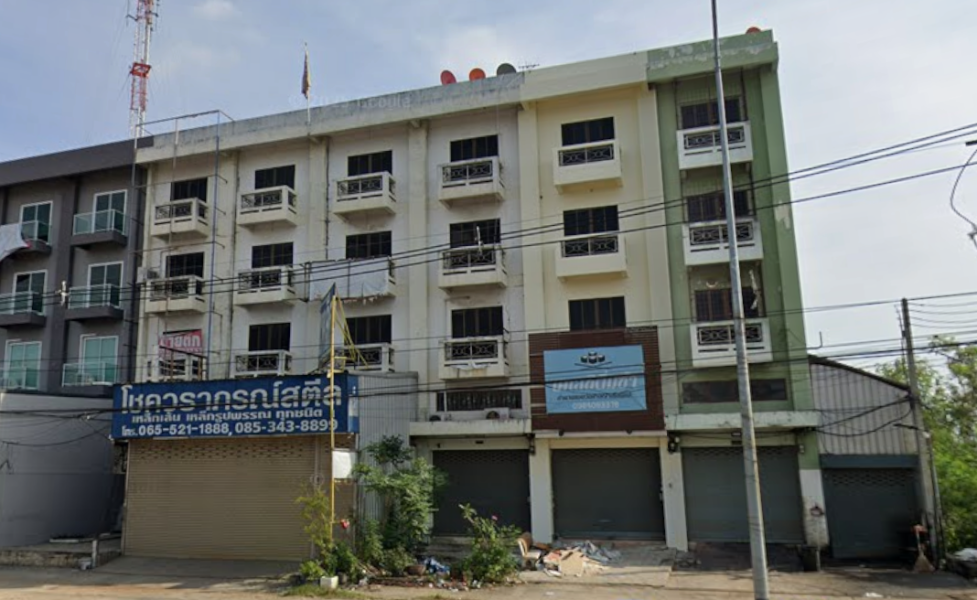
Add another floor and you could be approaching No.24 territory.
-
14 hours ago, BarraMarra said:
You don't see 4-5 Brits bartering for the same girl trying to get a freebie only the Indians behave like this.
Why did I immediately think of this scene?

Fetching my coat 🙂
Warning - grown up language!!
-
 1
1
-
 1
1
-
-
- Popular Post
- Popular Post
On 6/14/2025 at 3:26 PM, TimBKK said:no need to cut the power, just turn the light switch off.
And then die when you "discover" that the original sparks put the switch in the neutral line or that your light has a "borrowed neutral"!
Kill all the power at the main switch.
-
 5
5
-
Just now, NanLaew said:
Do you know if they have updated their app so that foreigners can do the 'face thingy'?
I believe not at this time, I'm going to give it a go probably next week, maybe try with pink ID which has a Thai ID compliant 13 digit number.
-
I've had a few "Genuine Fake Lorex" over the years, always the automatic Submariner. if they keep going it's usually the plating that wears off.
One memorable incident in Hong Kong.
Pete a workmate and long time friend, wandered into the office sporting a Submariner.
"That's a nice fake Pete"
"It's a bloody real one"


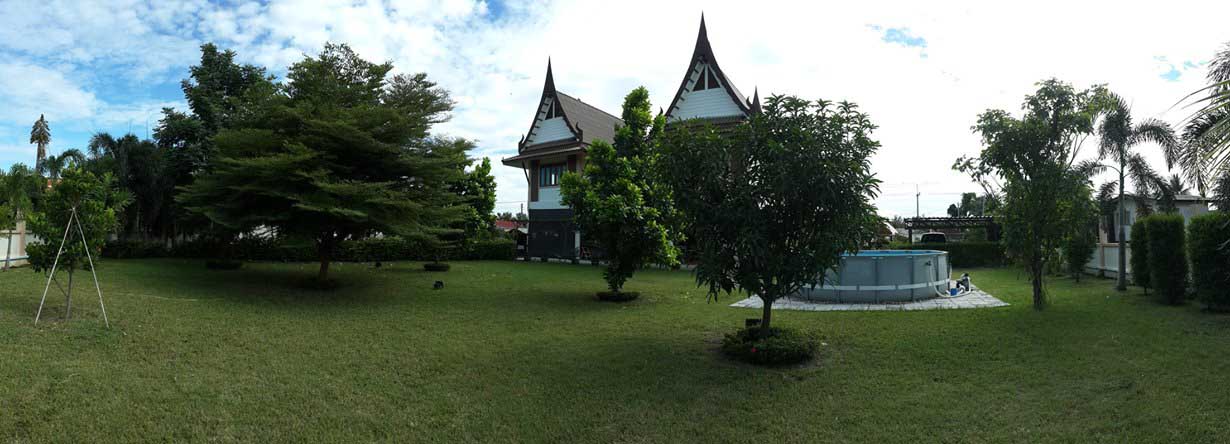

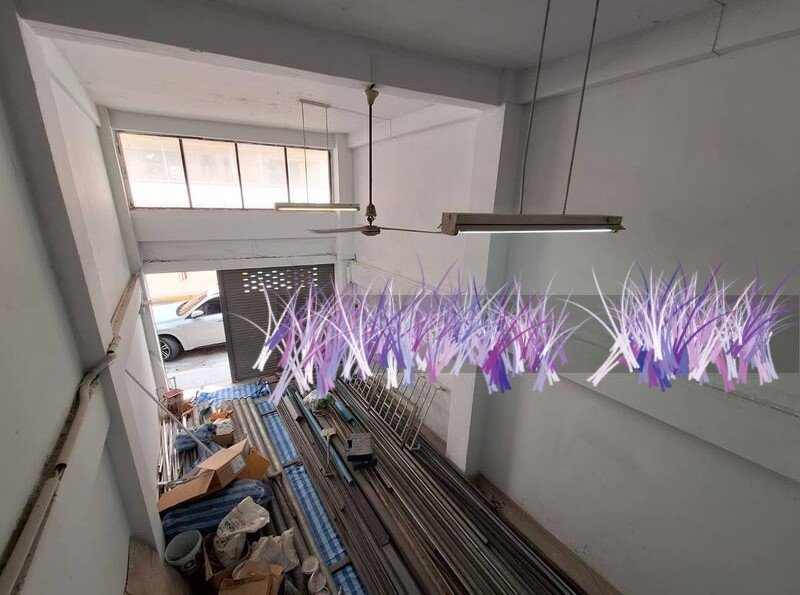
Are there ghosts in Thailand?
in General Topics
Posted
Red Fanta!!